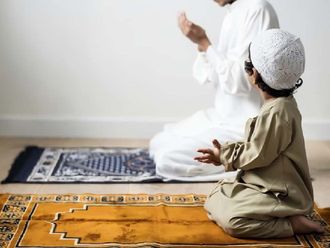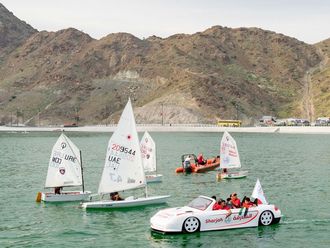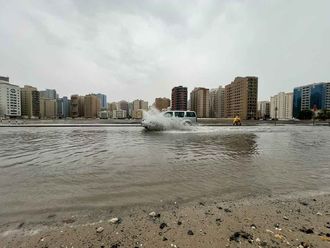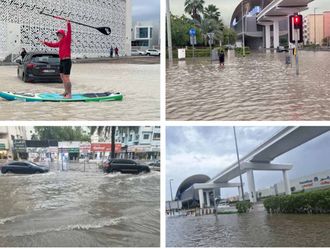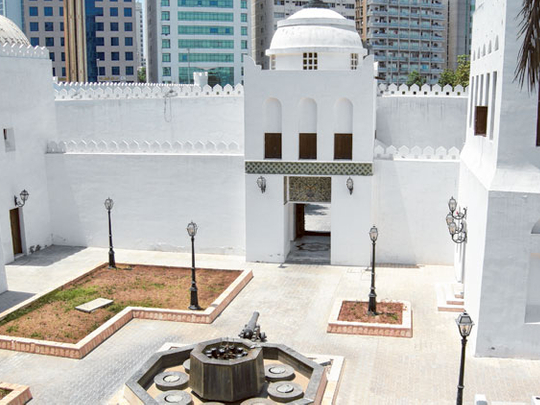
Important forts
Qasr Al Hosn: This fort in Abu Dhabi is built in one of the oldest inhabited sites in the UAE. It was constructed during the rule of Shaikh Shakhboot Bin Zayed Al Nahyan around 1795 and consists of two towers in a square compound. It served as the residence for the ruling Al Nahyan family. The fort has been renovated several times, and is now being developed into a cultural museum by the Abu Dhabi Tourism and Culture Authority. It is also featured on the Dh1,000 currency note.
Al Fahidi Fort: This Dubai fort is one of the most important heritage locations in the country. It was constructed in 1787 on the southern side of the Dubai Creek. Its location suggests that it served as a vantage point — inhabitants had a clear view of the sea and the surrounding land, and could defend Dubai from invaders. Al Fahidi Fort was renovated and turned into a museum after the formation of the UAE. It features on the Dh100 currency note.
Al Hisn Sharjah Fort: It is located at the centre of Sharjah City, and was built in 1820 by Shaikh Sultan Bin Saqr Al Qasimi. Once a residence of the ruling family of Sharjah and also used to defend the area from invasions, the fort now serves as a museum. Other notable forts in Sharjah include Al Hisn Kalba, Dibba Fort and Khan Fort, Most were constructed about 130 years ago.
Dhayah Fort: This is a 16th century fortress in Ras Al Khaimah that was used to watch the waters for invaders from the Arab and Gulf regions. It stands atop a mountainous dune in the emirate. Most historians believe the fort, which has two towers, was built by the ruling Al Qawasim family. Until 1964, the fort was used as a home for the ruling family. Among the many forts in Ras Al Khaimah, this is considered to be the most important.
Fujairah Fort: The structure was constructed more than 300 years ago, and its resilience over the years is credited to the mountain stone used to build it. It was severely damaged in the twentieth century by invaders, but has recently been restored.
Ajman Fort and National Museum: The beautiful fort, which now houses a museum, had served as the ruler’s palace and office until 1970.
Umm Al Quwain Museum: This museum is housed in a fort built in 1768. The structure was also a residence for the ruling family in the area.
Sources: Abdullah Bin Taboor, Sharjah Government Department of Culture and Information, Ajman Culture and Media Department, UAE Interact


